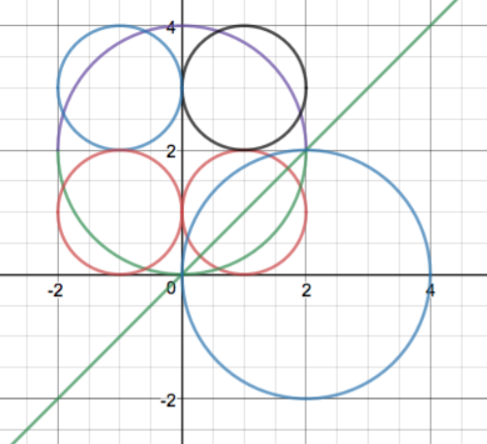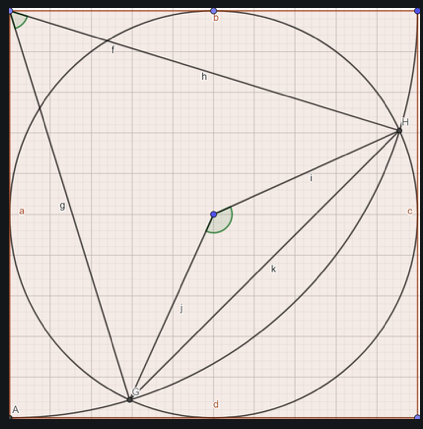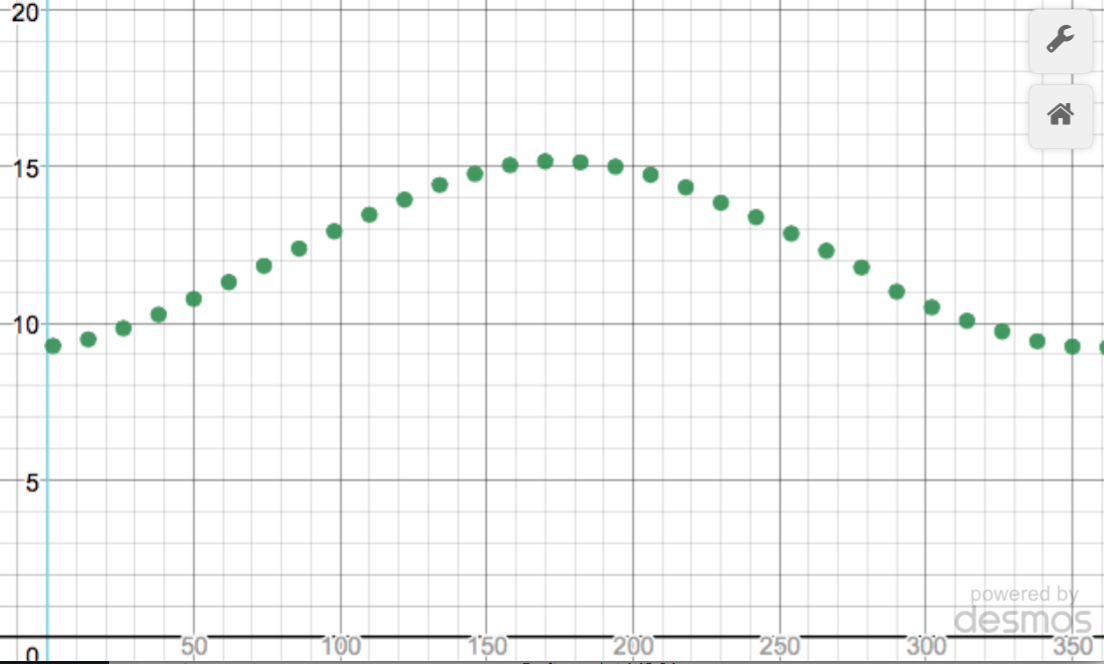Years ago (more than I care to remember!) I was fortunate enough to attend the Ajna S Greer conference at Philips Exeter. I met Carmel Schettino there ( https://www.carmelschettino.org/ ) and I was introduced to the Exeter math problem sets ( https://exeter.edu/mathproblems/ ) and my mind was kind of blown. I worked at a school that was more traditional in its approach but I had some freedom to introduce some of the ideas I came home with. My solution to the situation was that I decided in my AP and Honors classes I would write open problem sets. I typicall gave my students about 8 – 10 days to let these problems marinate, to collaborate with each other, to come and pick my brain. I understood that many students did not think about it the whole time, but many did at least dip their toes into thinking about the problems. When I moved to my current school in 2010 I saw this in a really rich way. We are a day and boarding school and I lived in a boys’ dorm for 6 years and still live on campus. I see impromptu study groups, I see kids in the dining hall working (sometimes!), they gather in the dorms, in the libraries, they came to our after school conference times, and I saw some real collaboration. Over the past three years or so, likely a post COVID issue in part and also an AI issue in part, I have witnessed less collaboration than I was used to. This past summer I spent some time thinking about how to modify or whether to abandon the idea of problem sets as a meaningful part of our life together.
I decided that modifying was the solution I wanted. I came up a solution that I was optimistic about, but I was also worried about it. I bounced it off of a few colleagues, tweaking it along the way. Our school has a rotating schedule and once every seven days we have a 90 minute ‘long block’ and that ended up being the key to this situation. Here is where I landed:
- Problem sets are to be done in class during a long block
- The first 25 minutes are spent quietly working individually. No internet, just notes, calculators, brains working together. In this 25 minutes your job is to write down notes, ideas about these problems. You might not finish any problem, but you should have ideas about each of them.
- Turn in those notes and I make a copy of them. This portion of the class is worth 5 points for a participation grade.
- We take a 10 minute break while I make photocopies.
- I return the notes and for the next 55 minutes you work as a single group turning in a single solution set. That work is worth 25 points.
- One person is assigned to be the scribe and that person largely stays out of the debates. The next time around it has to be a different scribe.
My AP Calculus BC class and my AP Precalculus class each get 5 problem sets per grading period (we are on a trimester schedule) and we have already done 3 each so I have a sample size that supports my thesis. Let me tell you what I have witnessed.
Kids have been up to my four whiteboards debating and presenting their arguments. I have seen kids move from group to group grabbing ideas and defending their own. I have seen kids win their class over with a compelling argument. I had one student, new to our school, look me in the eyes on our first problem set day and tell me ‘this is the best math class I’ve ever had’ Not every student is as engaged as I wish and not everyone is comfortable debating yet. What I am convinced of is that more students are more engaged than where this project was two to three years ago. I am overhearing fantastic conversations and I am getting positive feedback from the students.
Below is a link to the problem sets I have written this fall. They are combinations of problems from various texts, from the Exeter problem sets ( https://exeter.edu/mathproblems/ ), from other competition math sets I have gathered over the years, from twitter conversations, etc. These are not intended to focus on the topics of conversation in our classes, they are intended to generate fun debates, to prompt remembering interesting ideas from the past, and to introduce a sense of play in my classes. I set up a folder with the problem sets I have already written this year ( https://drive.google.com/drive/folders/1AYRHRxL4AUufZuT9DY97XcVq3e-78Q21?usp=share_link )
I hope that google link works! If you want to have a conversation about any of this you can start up a chat in the comments or reach out to me over on my math twitter account @mrdardy









